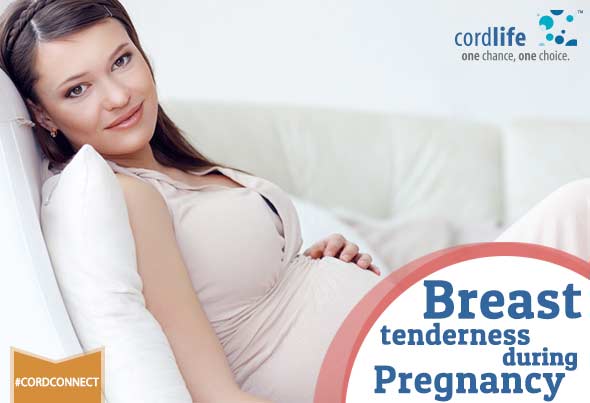Table of Contents
Perhaps the most noticeable aspect in the early days of your pregnancy is the change in your breasts. Even while the fertilised egg implants itself in the uterus and develops into an embryo, your breasts begin to change in appearance.
At first, you will notice that your breasts seem tender and soft to the touch. They also seem fuller than usual. They are also sensitive to the touch, especially in the nipples. If you have not already discovered your pregnancy, you might think this is a pre-menstrual period change in your body. However, tender breasts are a result of more blood flow to the breasts in preparation for the impending pregnancy.
Normally, the sensitivity in the tender breasts begins to wane towards the end of the first trimester. You might notice, however, that your nipples and areola get darker and larger as the days pass. This will be most prominent towards the end of the second trimester. The breasts also develop a higher percentage of fat, which accounts for their size. Some women notice more pronounced blood vessels all over the breasts.
It is important to wear supportive cotton bras to steady the growing breasts, or they might sag after the birth of the child. It is better to avoid underwired bras that might cut into your skin and cause welts. If you are uncomfortable when you sleep owing to painful breasts, you should wear a supporting sports bra to bed.
By the time the third trimester is underway, your breasts will have become slightly larger. By this time, the breasts are producing colostrum, which is the first food your baby will get right after birth. This is known as ‘pre-milk’ and contains several beneficial nutrients for the baby’s health and immunity. Once the baby is born, the breasts will gradually come back to their usual size without having any effect on their milk-producing capacity.
